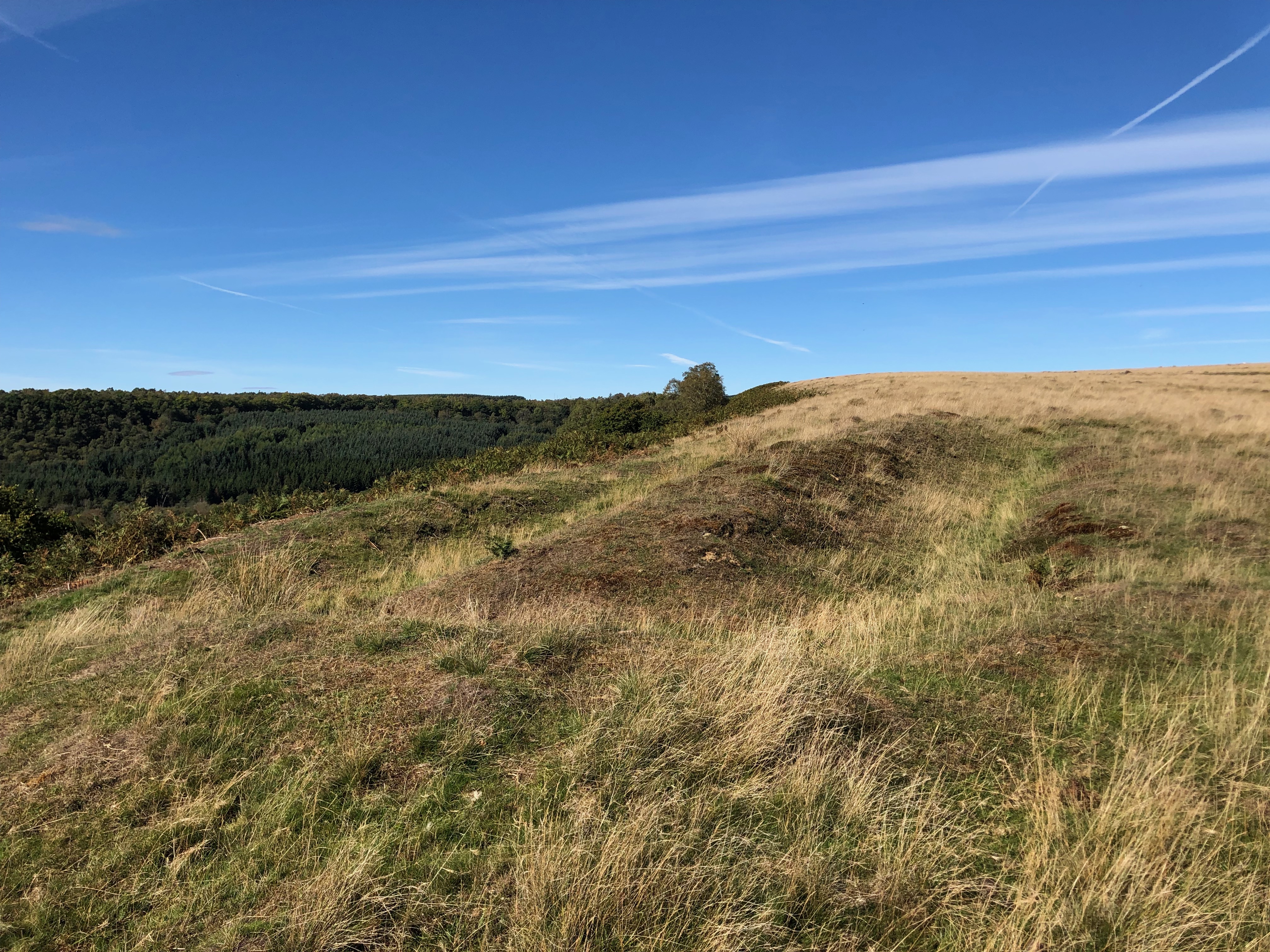
The Normans introduced rabbits into England; or was it the Romans? No-one is really sure, it is usually attributed to the Normans and I’m fairly certain they brought rabbits in quite large numbers but were there some already here? Until quite recently the Normans were accorded the somewhat dubious accolade of introducing them, however, there is now evidence that rabbits were butchered in the United Kingdom during the Roman occupation. Whether rabbits remained here after the Romans left or died out to be re-introduced by Normans is as yet an unanswered question but I suspect that it is highly likely they did.
Regardless of their origin we certainly know they are here now and here to stay, they live and breed freely in nearly all areas of the United Kingdom and in many places are regarded as a pest. However, even after introduction, they were not running freely in the wild but were more closely farmed.
Why am I writing about this? I will tell you. I have recently signed up with the North York Moors National Park as a Historic Environment Volunteer. This involves regularly inspecting nearly 300 historic monuments throughout the park to ensure they are in good condition and reporting where they are not, action can then be taken to restore or minimise further damage to the monument. The monuments consist of a wide range of sites from prehistoric mounds to industrial areas in the moors, each one has its own attractions to someone interested in history. Part of my first assignment was to inspect a pillow mound. I knew what a pillow mound was but since inspecting it and talking to others it is clear that they are not generally known, thus the idea for this article.
As stated above when rabbits were introduced they weren’t just let loose into the wild but given artificial warrens in which to live and breed. This made the capture of the rabbits easier as they were centralised. The warrens (pillow mounds) were large, often rectangular mounds of earth usually surrounded by a ditch. Some had a fence or even a wall built around them but others were left open. When the mounds were constructed they often contained stone-lined chambers, or just areas cut out of the natural earth, and tunnels leading to the open. The rabbits were thus encouraged to stay within the area and expand upon the warren as their families grew.
The name of pillow mound is quite a recent addition, it is unlikely they were referred to like this when they were built. They have been known by several other names, rabbit buries being one of them. The remains of most of the warrens are now seen as rounded rectangles with a shallow vestige of a ditch encircling them. They look similar to a pillow laid upon the grass.
The mound I visited on this occasion is thought to have belonged to Malton Priory. They had land and a grange at Levisham where sheep were farmed and some produce was grown, it would make sense that there were some rabbit warrens here too. The goods from the area would have been carted south to the priory as required. Meat from the rabbits would have been a welcome addition to the cook’s pantry and the skins would have been used for clothing.
Warrens did not usually consist of just one pillow mound but may have contained many more and often covered several acres. In the area I was inspecting there are several others still in existence some few hundred metres away and probably many more were between that have since been lost. In some areas they were even grander and had an enclosing wall and sometimes a house in which the warrener lived. After their introduction (or re-introduction) they were mainly bred and eaten by the higher nobility but over the centuries they became a common commodity for a wider part of society and it was not unusual to find warrens in most communities. They can still be hinted at today in the names of some places in towns and villages. The common name for a rabbit in those days was coney and today’s use of names like Coney Garth are indicators of a warren site (a garth being a yard or enclosure).
It was not until fairly recently that evidence was discovered of rabbit butchery in an excavation of a Roman site, thus casting doubt on the belief that the Normans were the first to introduce the mammal to these shores. It was in Lynford, Norfolk that the excavation took place in 2001; in one of the rubbish pits rabbit bones were found with marks indicating the rabbit had been butchered. There has been other evidence found in Sussex.
It may be, therefore, that the Romans brought rabbits to this country in smaller numbers as food. Did they start breeding them or were they only imported as required or as available? Could the Romans have started using structures like the pillow mounds or was it much later that these developed? Of course, there then arises the question of how long they were in use. There seems to be evidence that they were commonly used up to the seventeenth century but could easily have been in continuous use much later, especially in the more isolated rural communities.
It seems that there is really very little known for certain about the warrens and pillow mounds and as with all subjects like this the information is being continually updated by historians and archaeologists. But next time you see a bump in the ground give it a little thought as to what it may have been for and you never know you might unearth a story.
